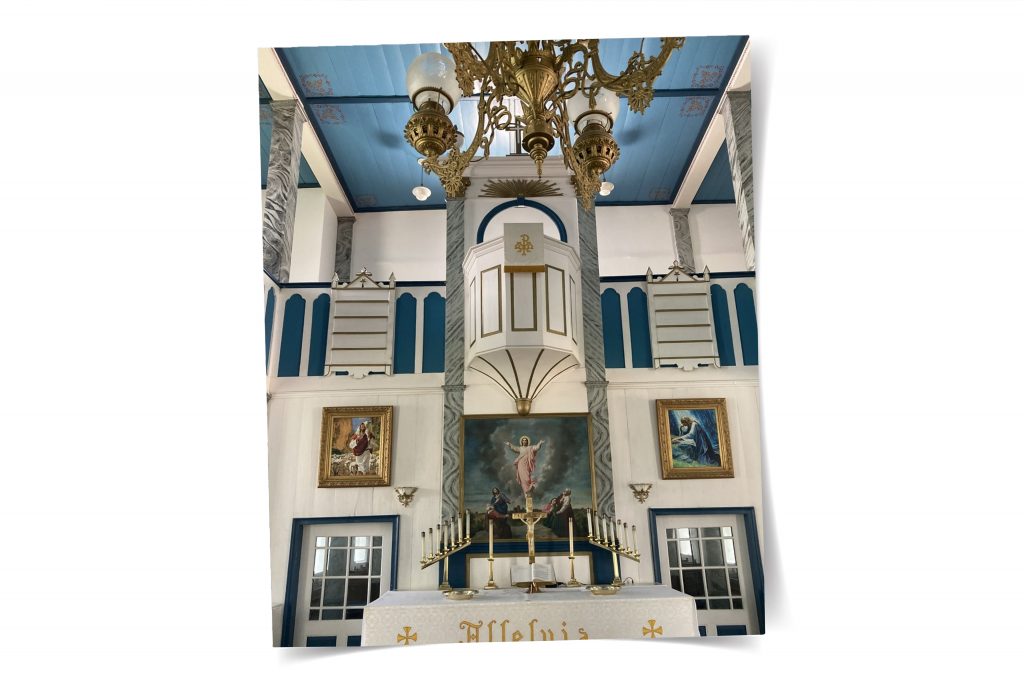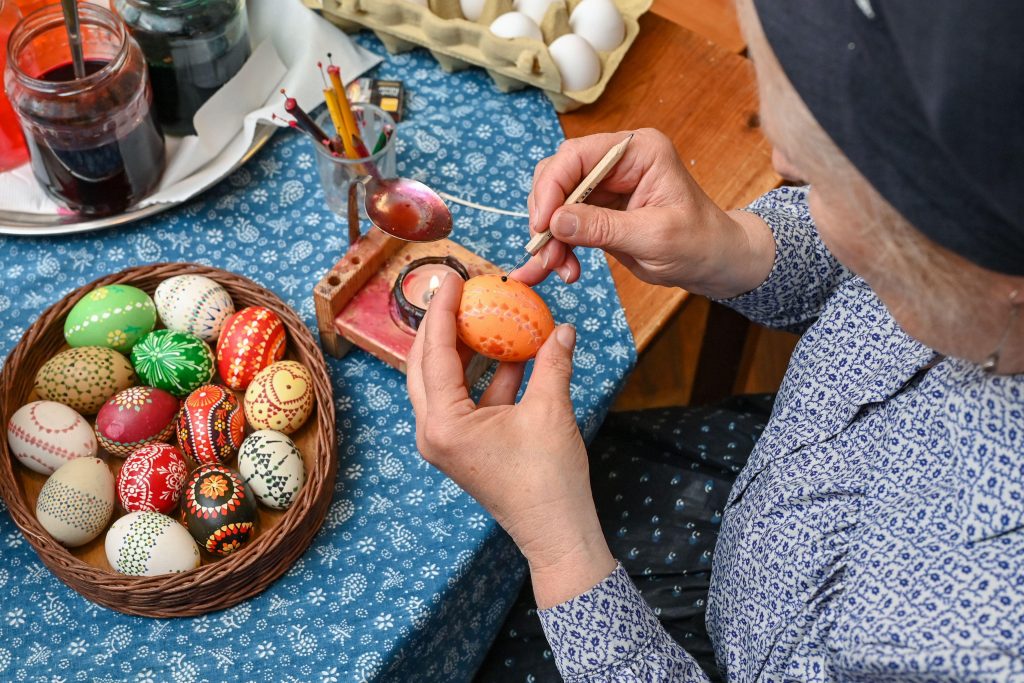Wendish Eggs: A Cultural Craft With a Colorful History
There are few cultural communities in Texas as intriguing and lesser known than the Wends, a group of Slavs who journeyed to Texas 170 years ago. Although only around 600 Wends originally sailed to Texas — arriving in the port of Galveston on a ship called the Ben Nevis and settling in a town they named Serbin — they have left an indelible mark on the cultural landscape of the region, particularly through the tradition of decorating Wendish eggs around Easter. We delve into their story, explore the artistry of Wendish eggs, and offer a guide for those interested in trying their hand at this distinctive craft at home.

Seeking Religious Freedom
The Wends, or Sorbs as they are known in their homeland, hail from Lusatia, a region straddling parts of modern-day Germany and Poland. In the mid-19th century, facing cultural and religious pressures from the Prussian government, a group of Wends embarked on a journey to the United States in search of freedom and the opportunity to preserve their customs and language. They eventually settled in Central Texas, and over subsequent decades, future waves of Wendish migration established a community with a strong sense of identity that remains prevalent in the region.
St. Paul Lutheran Church in Serbin is perhaps the most visible artifact of Wendish culture. The two-story Gothic structure is inspired by churches in the towns of Klitten and Weisendorf in Germany. The church serves as a centerpiece during several yearly Wendish celebrations, including the Serbin Homecoming Picnic in May, Wendish Fest in September, and the Old Tyme Wendish Sunday in October.

Wendish Eggs
One of the most visually captivating traditions the Wends brought with them is the art of decorating Easter eggs, known as Wendish eggs. Wendish eggs are adorned with intricate designs rich in symbolism and steeped in history. The eggs are traditionally created using a wax-resist method, similar to the Ukrainian pysanky, where patterns are drawn on the egg with wax before it is dyed. The process is repeated with different colors, resulting in complex, layered designs that are as beautiful as they are meaningful.
You can make your own Wendish eggs with a few tools, but the process requires patience and precision. Begin by selecting a clean, white egg and form a small hole on one end for the contents to exit the shell. Using a stylus or a small, fine-tipped brush, apply melted wax to the egg’s surface to outline your design. Traditional Wendish motifs include geometric patterns, flowers, and symbols representing life and nature.
Once the wax is applied, dip the egg into a container with dye, starting with the lightest color. After dyeing, apply more wax to preserve the dyed area before moving on to darker dyes. Finally, once the egg is dyed to satisfaction, gently heat the wax with a hairdryer so that it melts and can easily be wiped away to reveal your design.
The tradition of decorating Wendish eggs is more than just a craft — it is a vibrant expression of a culture that has survived against the odds. Decorating Wendish eggs can be a meaningful way to honor the past and bring a piece of Wendish tradition into your home.
Discover more Easter celebrations from around the world to incorporate into your own traditions.
© 2024 Texas Farm Bureau Insurance



